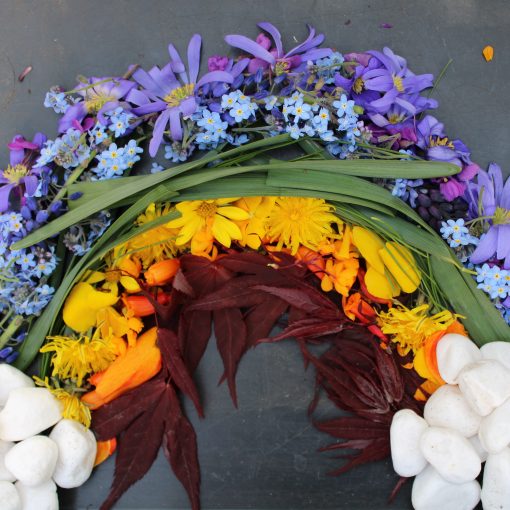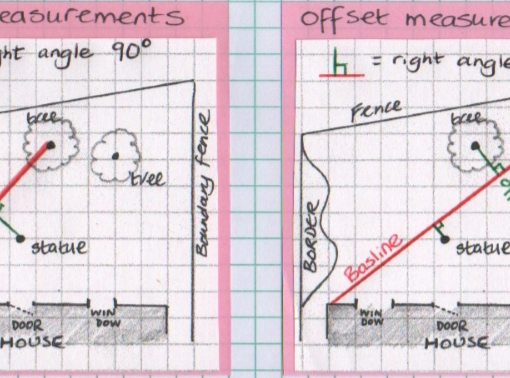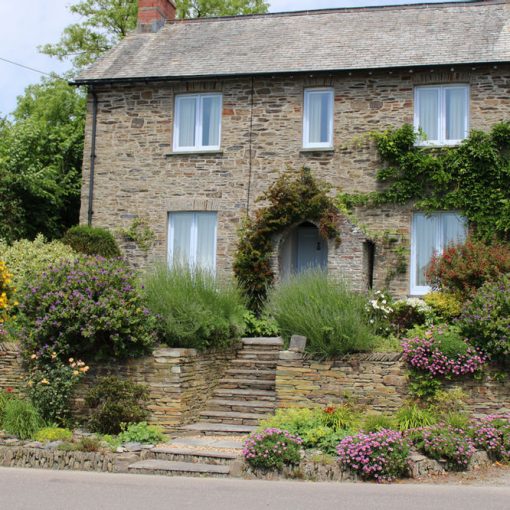Plant Selection. Bulbs. Types, Season of interest and Choice for borders, naturalising and containers.
This covers Learning Outcomes for RHS Level 2 R2111 and R2112
R2111
Name FIVE bulbs, corms or tuberous plants used for winter or spring interest, and FIVE for summer or autumn interest, in a variety of garden situations. State details of their decorative merits, height and spread and site requirements; describe a situation where each could be used effectively.
R2112
Name 10 bulbs or corms or tubers, of which FOUR should be suitable for growing in a border, FOUR for containers and FOUR for naturalizing
Introduction
In the UK there’s a bulb flowering every month of the year if you choose carefully and they are often a good nectar source as some flower early or late in the season.
In this article the focus is: Different bulb types and choice for different locations and seasons.
Bulb Types
The word ‘bulb’ applies to various types of swollen underground plant storage organ. Bulbs come in a variety of shapes and sizes and are classified according to botanical factors. Past RHS questions have asked for specific examples of a bulb, Corm and tuber.
True bulbs (Or just ‘bulb’)
True bulbs are the category you will be most familiar with. Bulbs or true bulbs are mainly fleshy leaves -just like you see when you slice an onion. Some of these true bulbs have a papery tunic (Onion, Tulip, Daffodil) and some do not (Lilium and Fritillaria)
Corms
Corms are usually flatter in shape and are mainly a dense modified stem rather than fleshy leaves. When cut in half the body is made of dense uniform tissue. (Crocus, Crocosmia, Gladiolus)
Tubers and rhizomes
These are fleshy structures which are often more unusual or finger-like in shape (but not always) and can be made of root or stem tissue.
For example:
- Tubers: Begonia x tuberhybrida cultivars (Stem tuber), Dahlia (Root tuber)
- Rhizomes eg Iris germanica, Convallaria majalis
- Bulb Choice
This choice of bulbs takes into account the exemplar bulbs in the RHS syllabus, bulbs which have a multipurpose use and a selection of bulbs which flower in Summer/Autumn and Winter/Spring. To narrow the number of bulb names to learn the following 12 different species cover all the learning outcomes above. Some of these are also suitable for Spring bedding schemes and rockeries.
As I write this it is 2 weeks before the RHS exams so here’s 12 bulbs which tick all the outcome boxes and hopefully help prevent plant name meltdown!


Click on the links below to download bulb details from the RHS website:
Winter / Spring Interest
- Galanthus nivalis (Snowdrop)
- Iris reticulata
- Tulipa ‘Black Parrot’
- Hyacinthus orientalis ‘Delft Blue’
- Narcissus ‘Tete a Tete’
- Crocus vernus ‘Vanguard’
- Fritillaria meleagris






